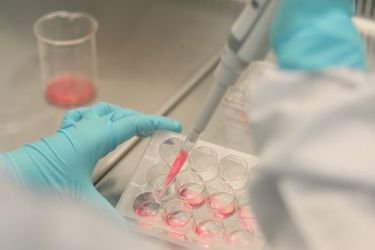Suspension Cell Culture In Cell And Gene Therapy
By Cyrill Kellerhals, Head of Manufacturing, Andelyn Biosciences

The biopharmaceutical sector is growing and demand for viral vectors as tools in the cell and gene therapy space is ever-increasing. As companies in the viral vector development market take their product from the early stages to commercialization, it is crucial to employ scalable processes to deliver these products to market.
Adherent cell lines have a strong record of use for viral production and are preferable for certain types of cell and gene therapies. However, they are susceptible to human error, the risk of contamination, and the potential for variation between batches, leaving developers vulnerable to complications as they ramp up their manufacturing. Suspension cell cultures offer a more reliable method to grow large batches and are becoming a preferred option for viral vector developers as they move to large scale development. Understanding upstream processes plays a key role in choosing a cell culture platform to best suit the scalability and adaptability necessary for success in the industry.
Cell line development can quickly become a stumbling block in the development of gene therapies. Project needs often evolve as the process moves from small-scale batches in the early stages of development to large-scale batches that meet the demand of late-phase clinical trials and commercialization. As your company considers its strategy for viral vector development and production, consider the benefits of a flexible cell culture platform that can meet the needs of your scalability while still delivering the most effective therapy to patients.
Get unlimited access to:
Enter your credentials below to log in. Not yet a member of Cell & Gene? Subscribe today.
